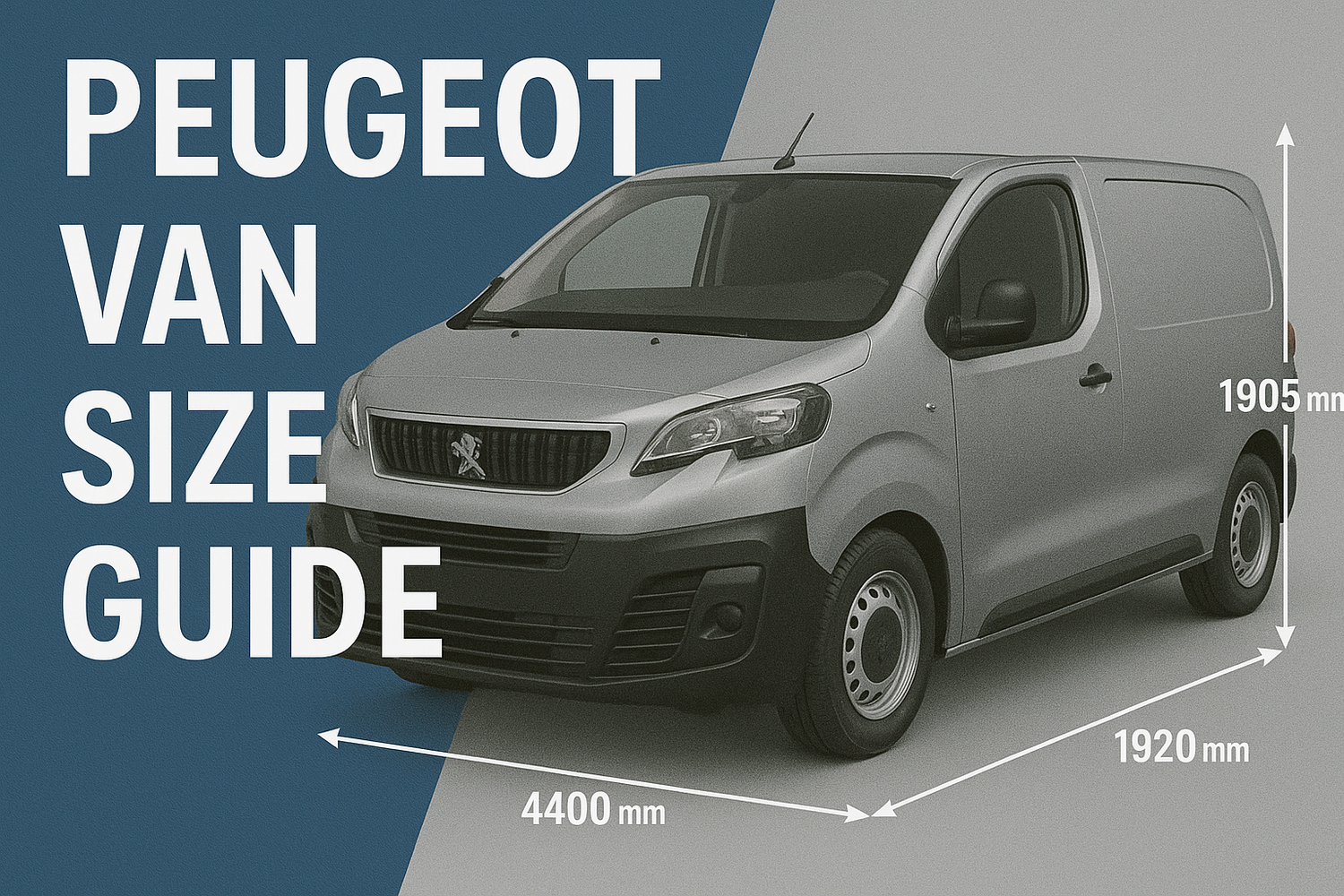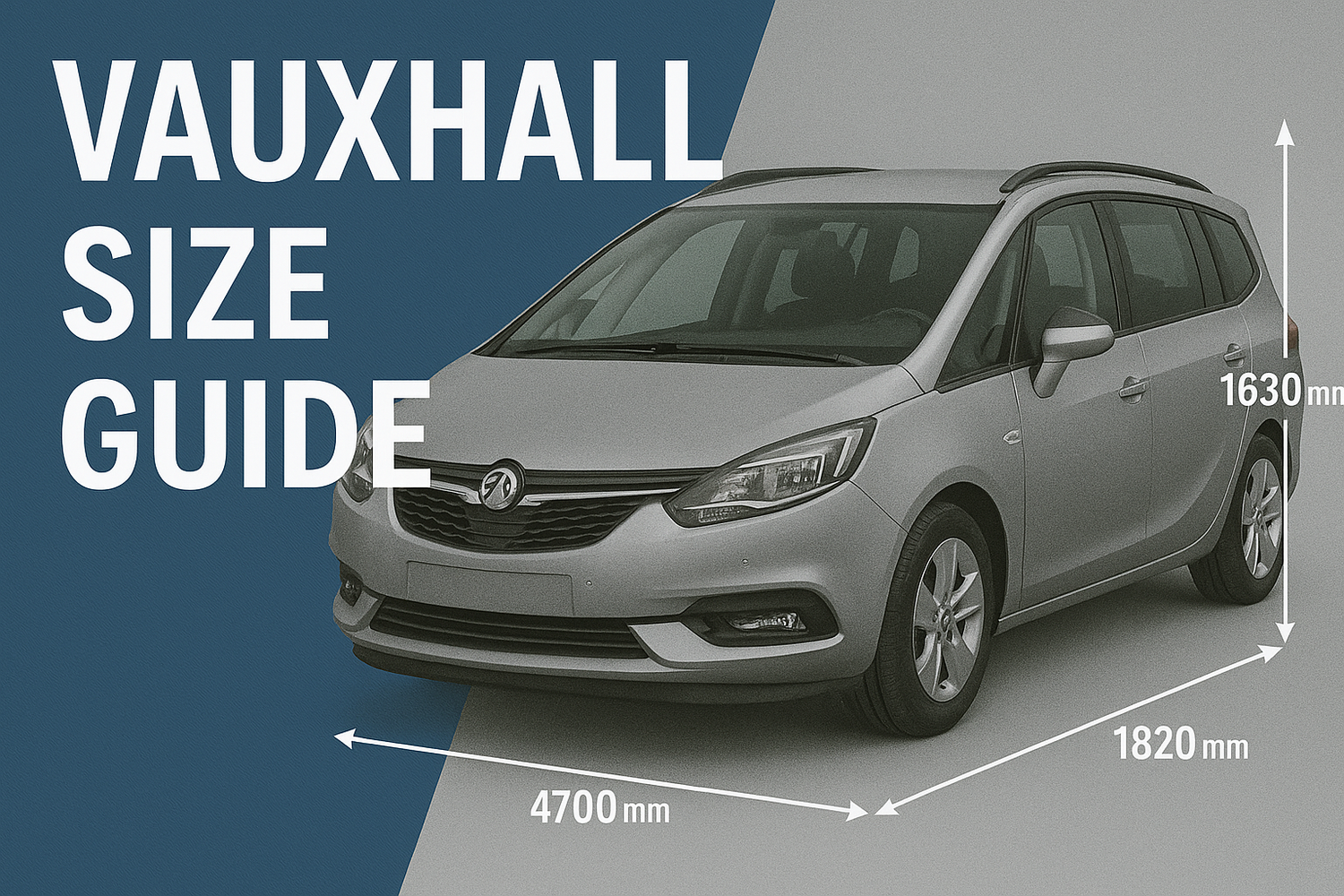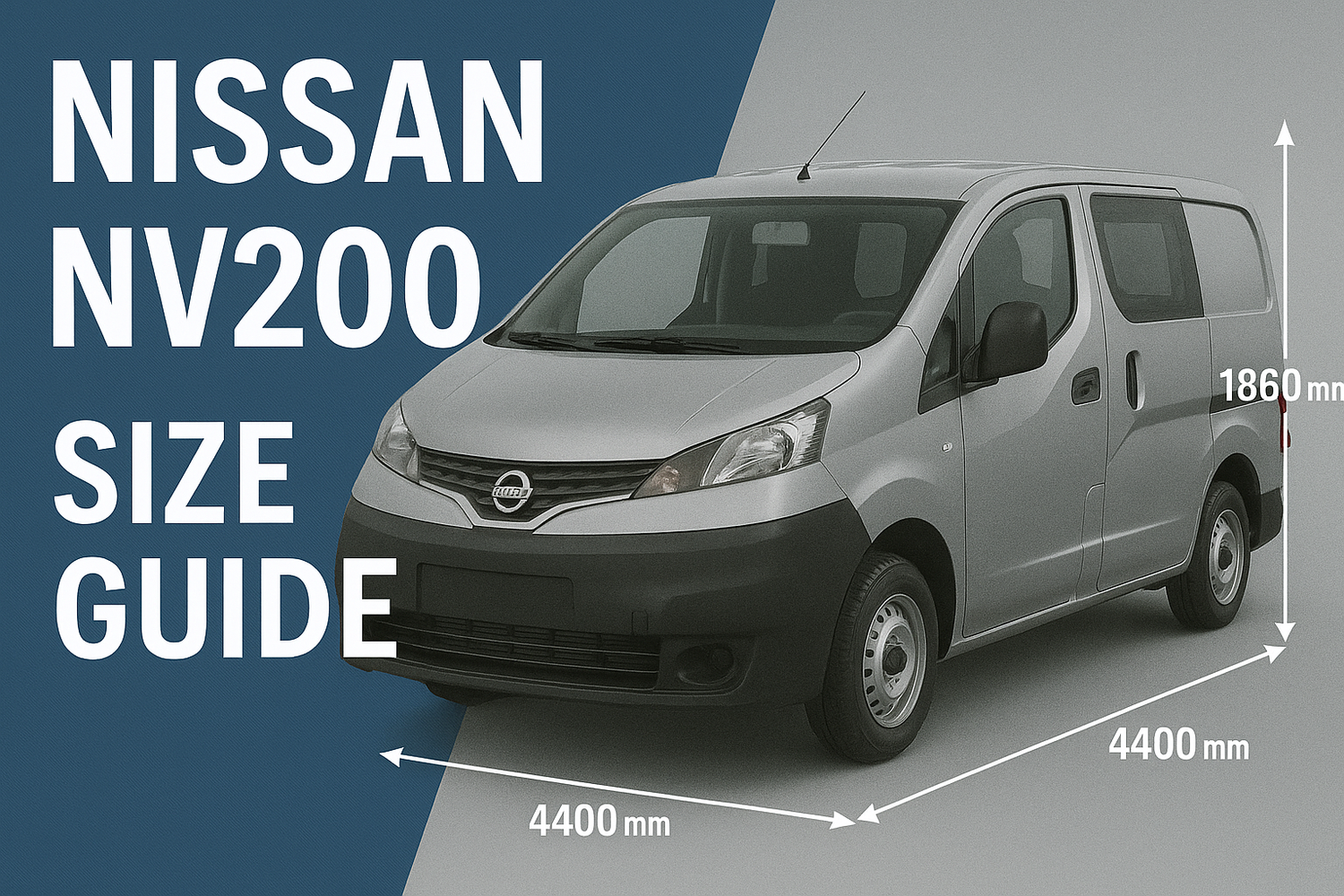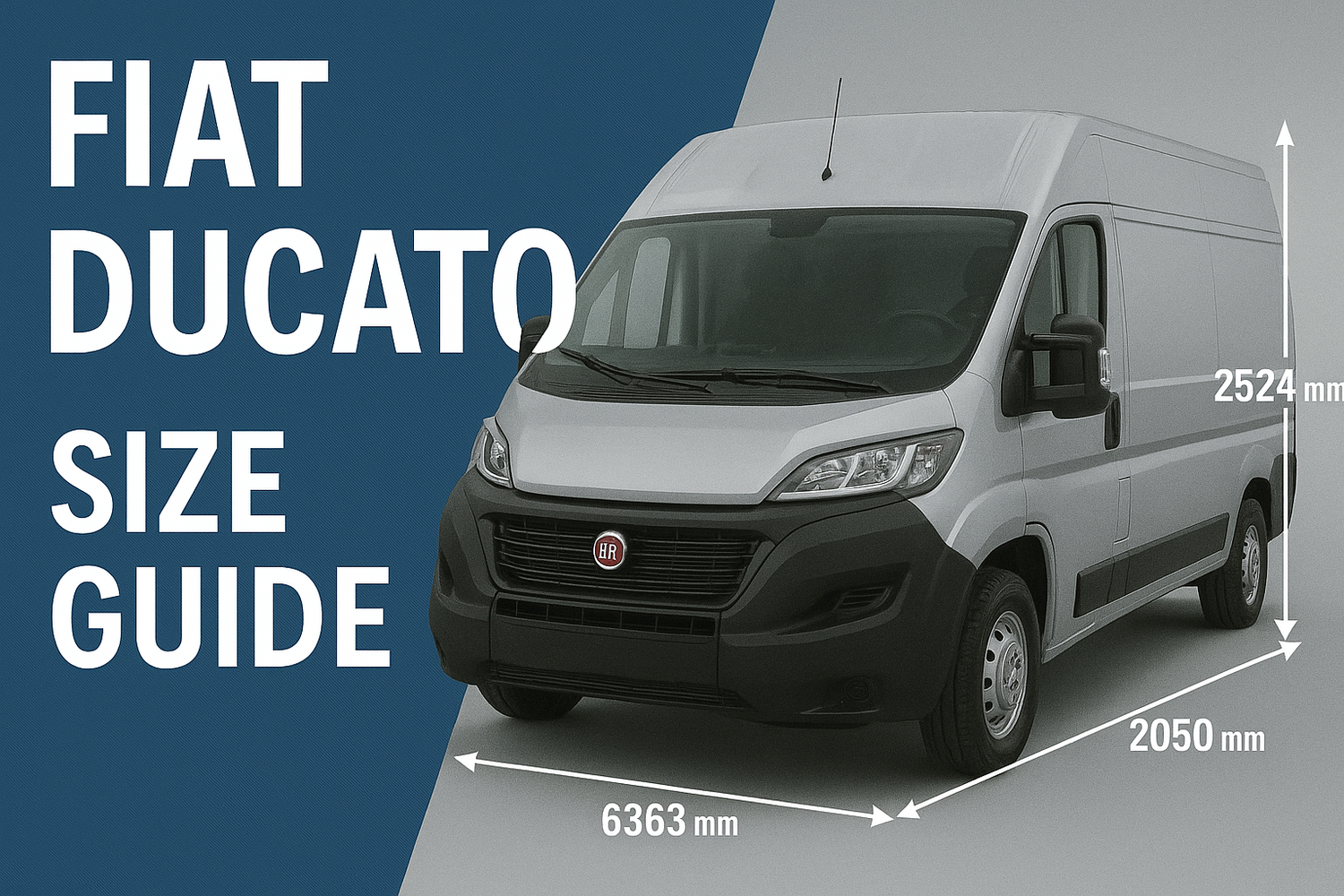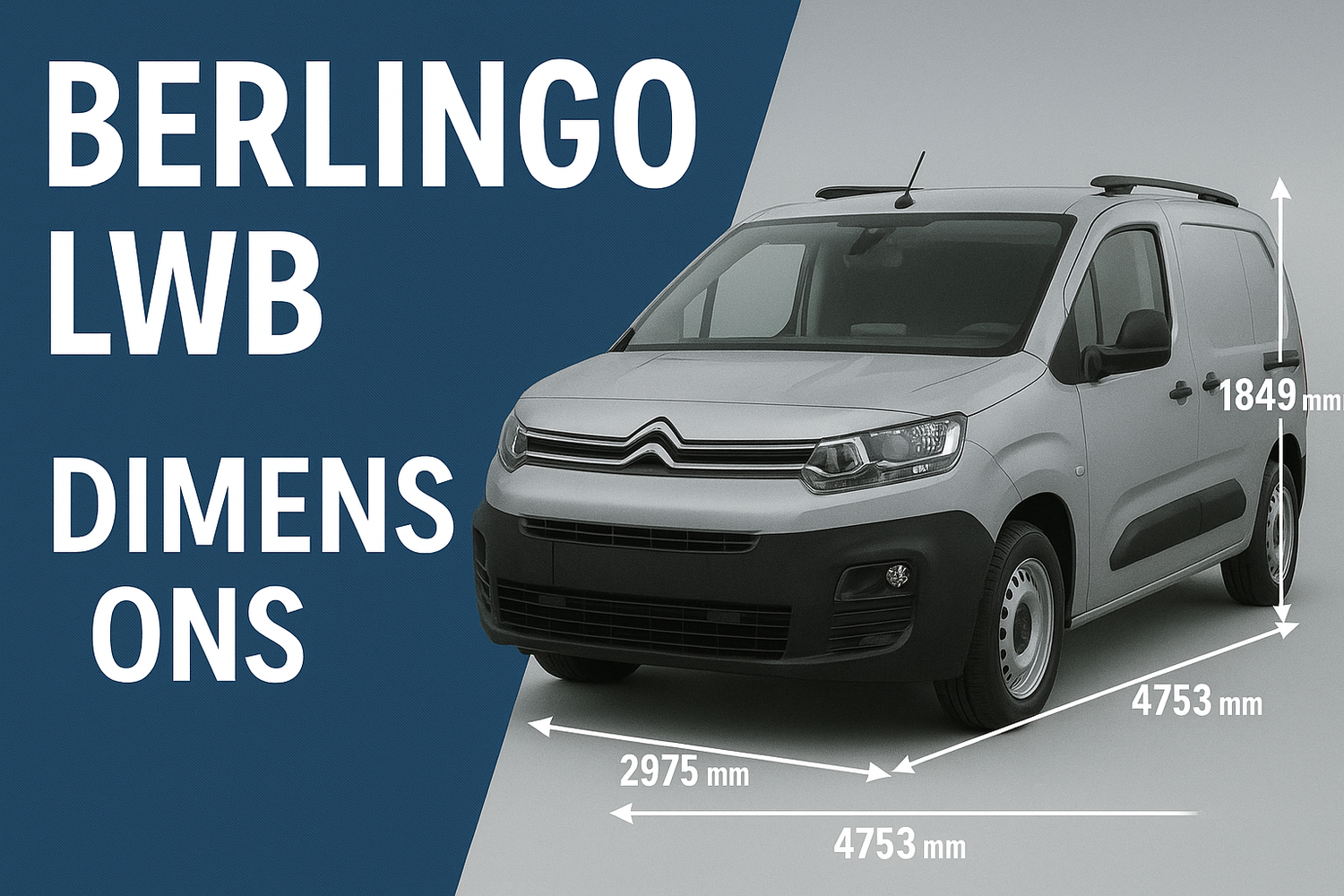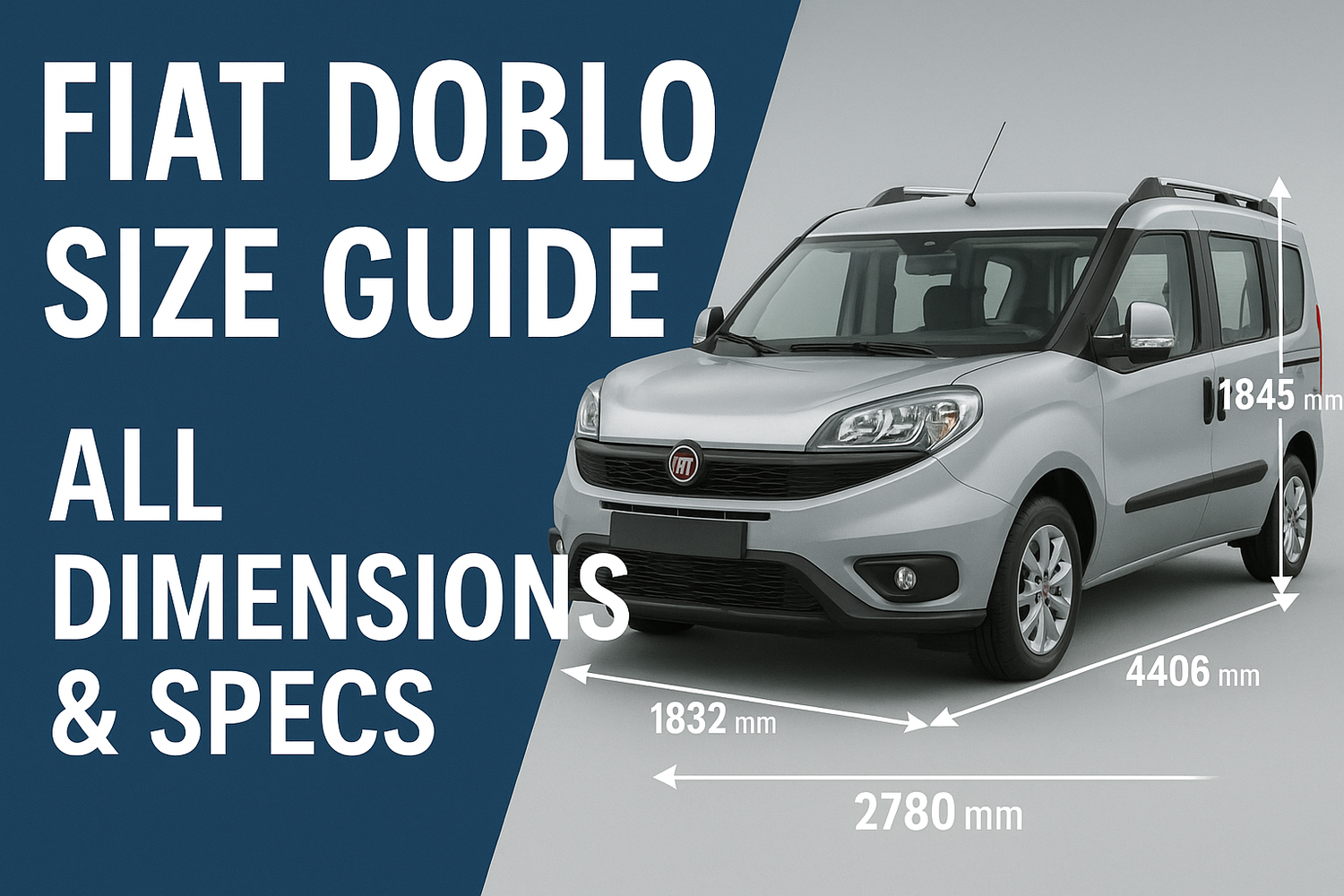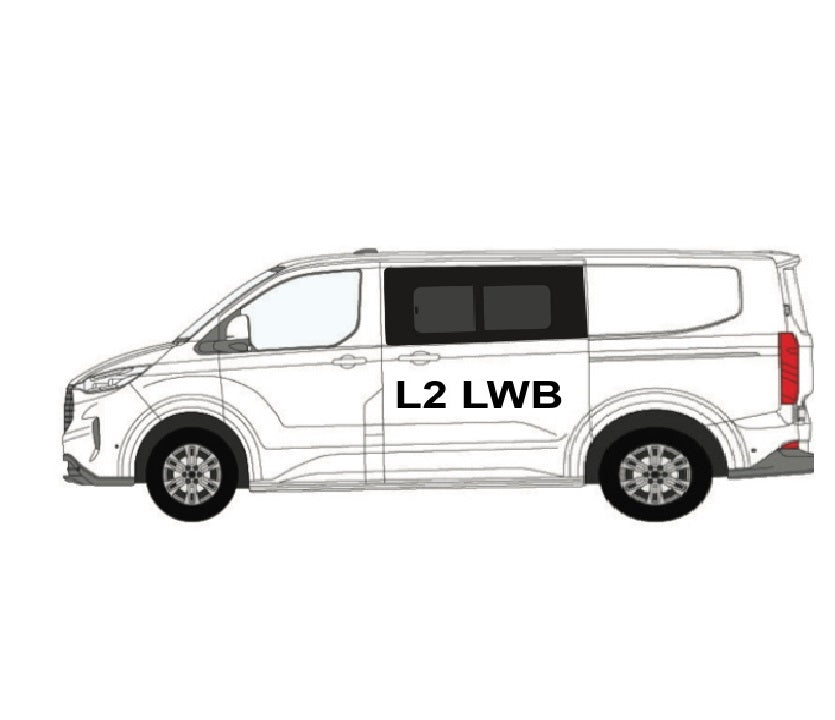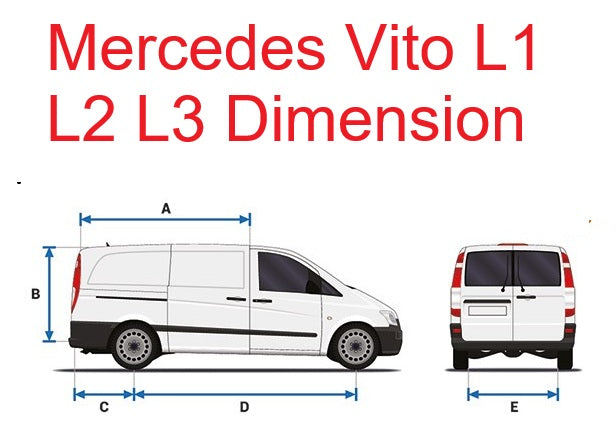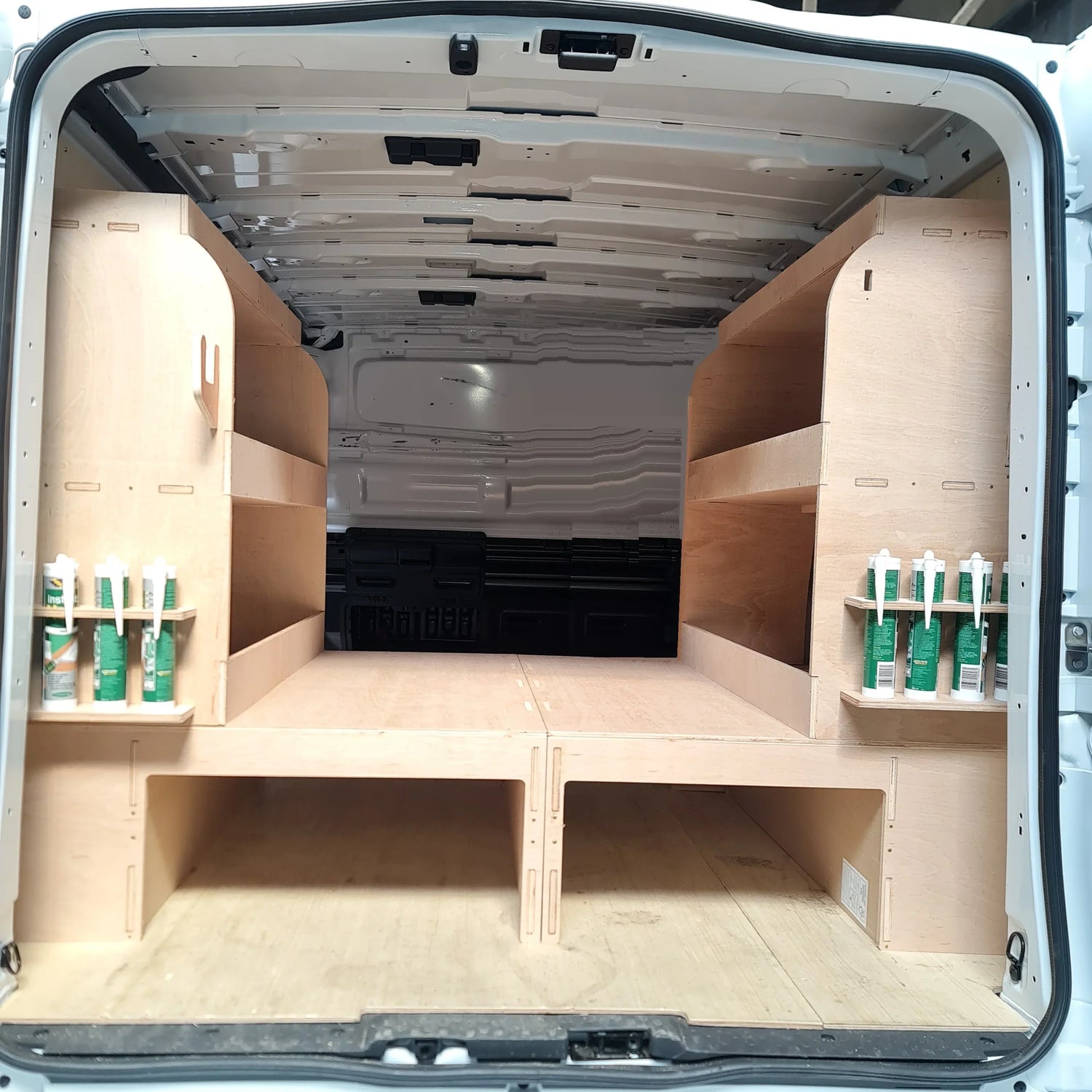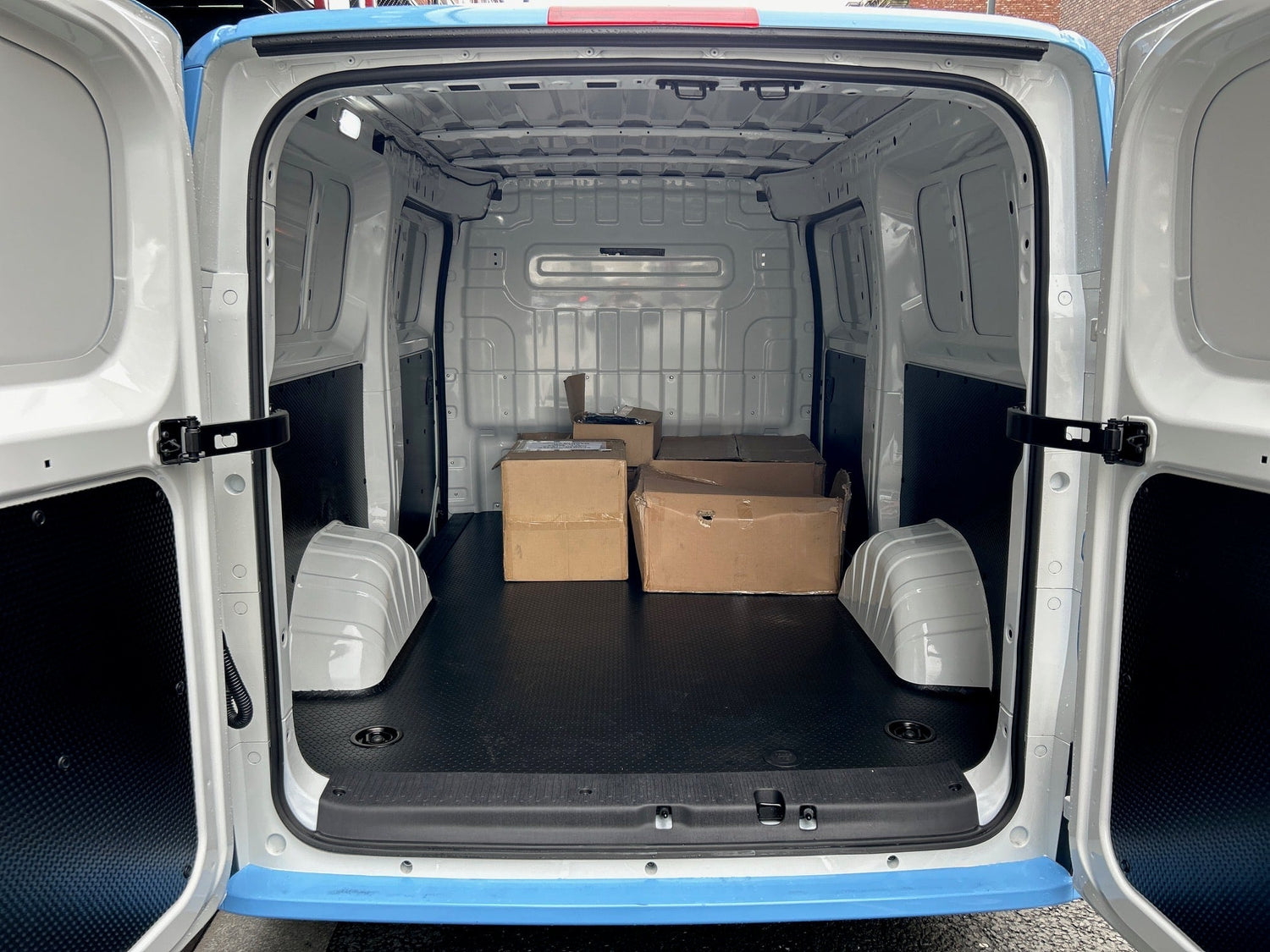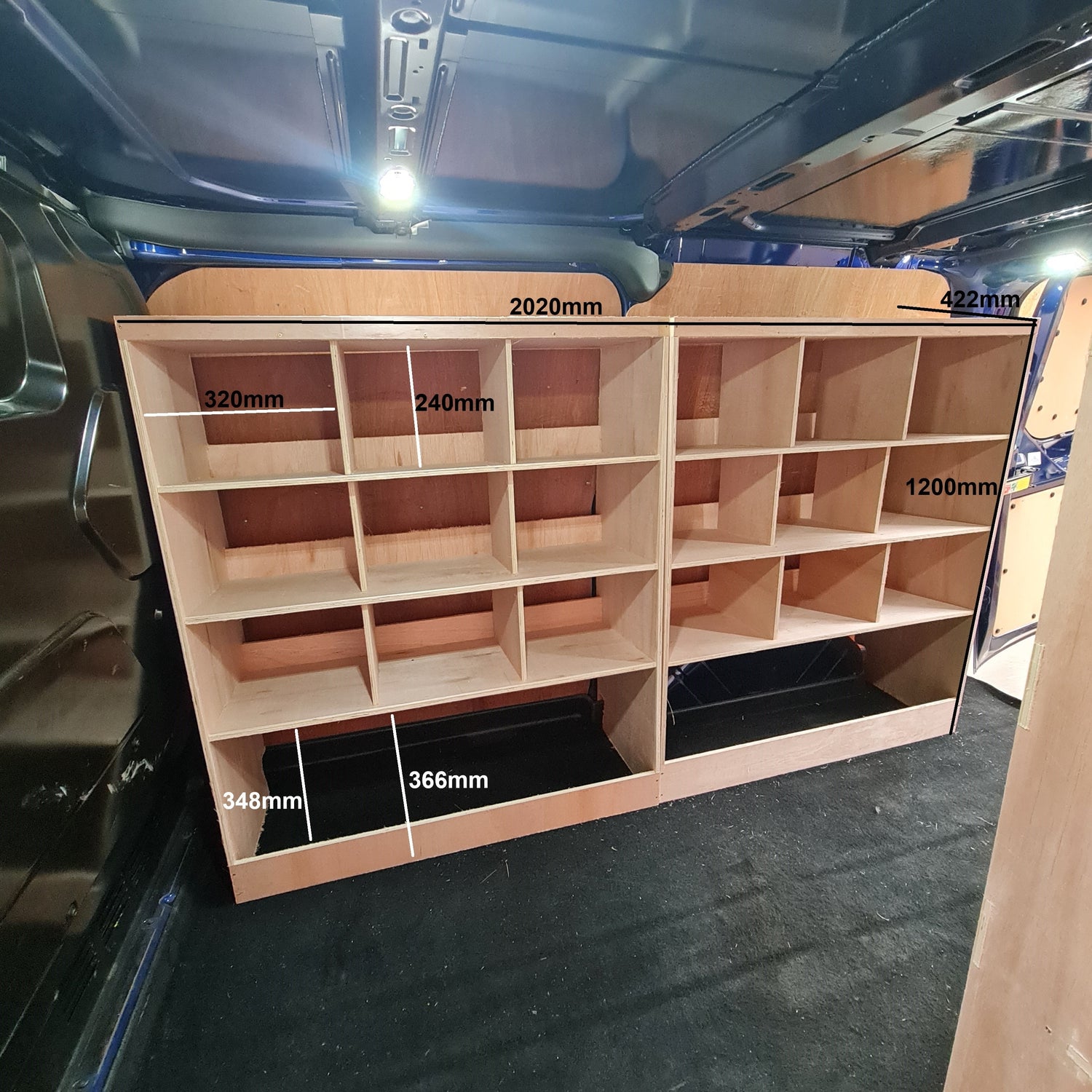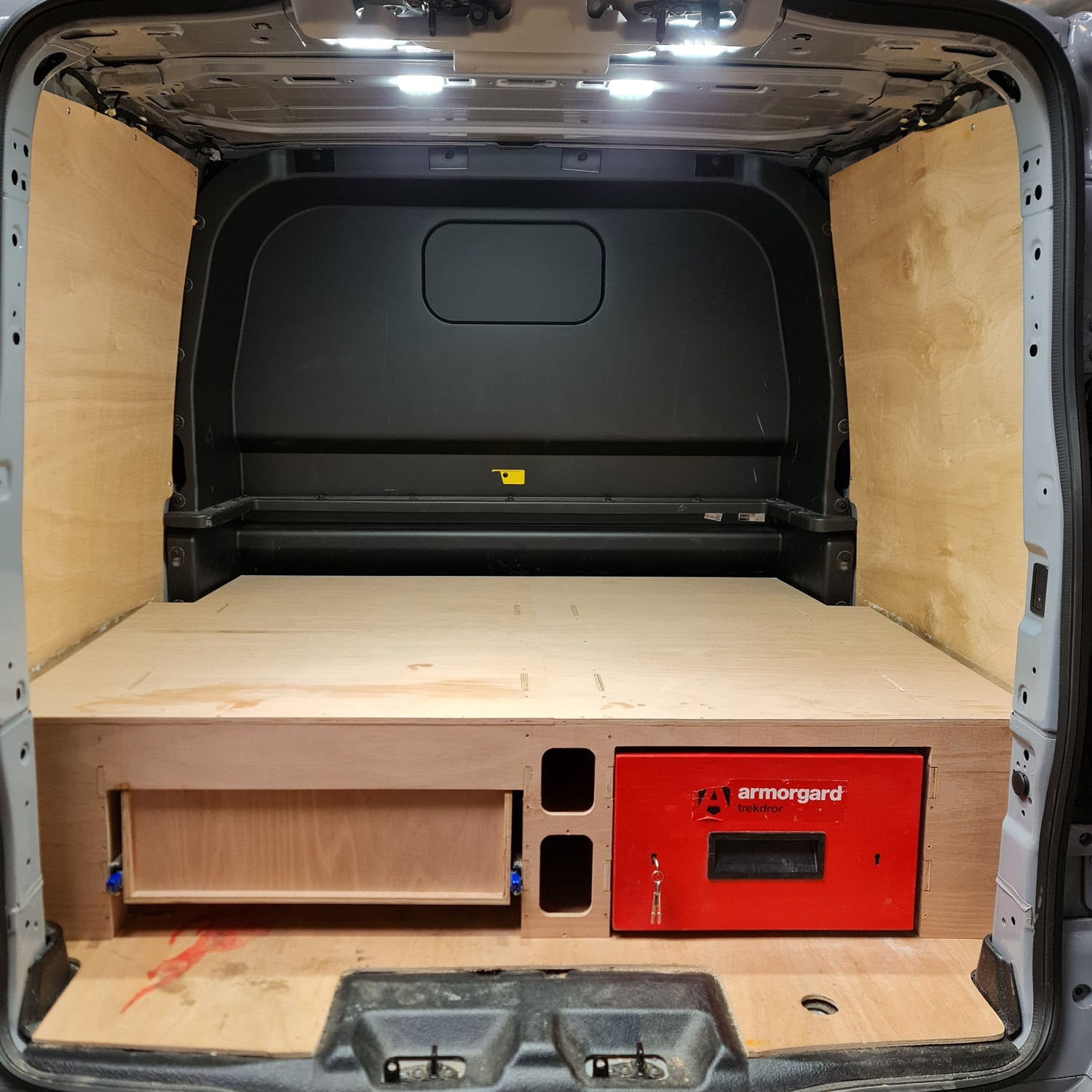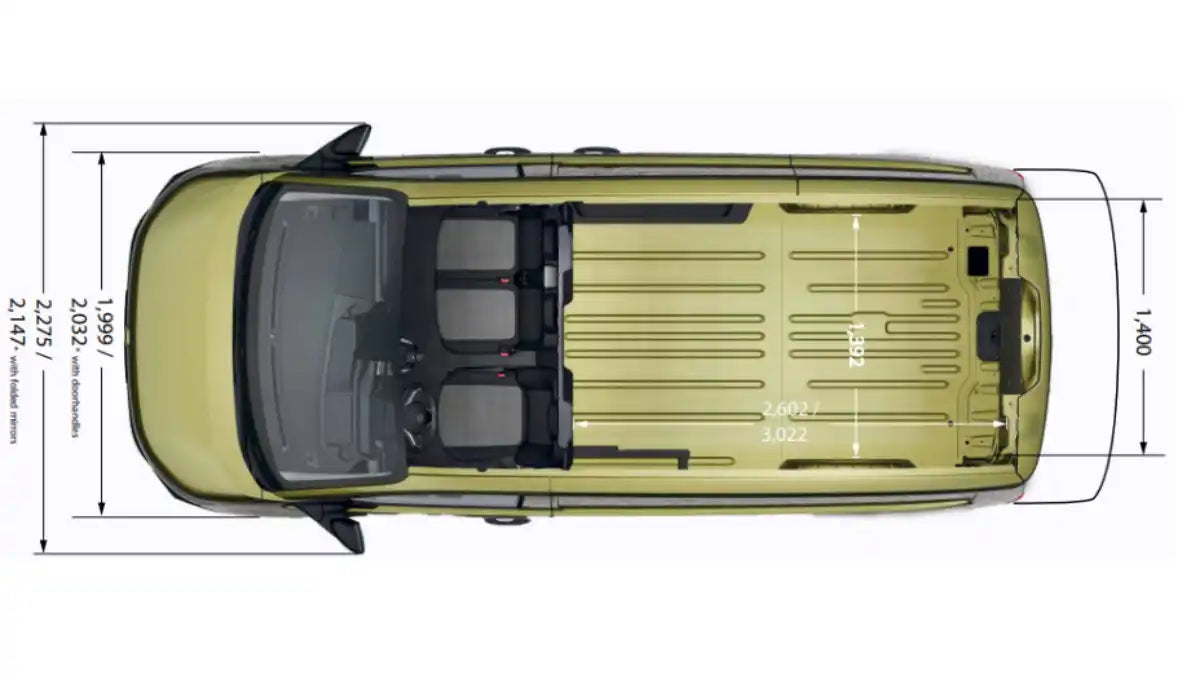
You’d be forgiven for not paying too much attention to the markings on your tyres. These days, you can order a set of new tyres simply by sticking your car’s registration number into a website, which is like a cheat code for decoding the various numbers and letters that appear after the manufacturer and product name on the tyre’s sidewall.
But what happens if you need to order a set of tyres without access to a website or you’re trying to work out the size and spec of the tyres on your car. This is where our guide to tyre sizes comes in, but for more detailed information check out our tyre markings and labelling guide, which tells you how to read a tyre’s makings in full.
How to read your tyre size
The six key elements of a tyre’s size can be found on the sidewall, often after the manufacturer and product name. For this guide, we’re using one of the most popular tyre sizes in the UK: 205/55 R16, along with 91V. Let’s break down what this means…
205: Tread width (in millimetres)
The first number represents the width of the tyre in millimetres between the inner and outer sidewalls. In this case, the width is 205mm.
55: Aspect ratio (percentage)
The second number shows the height of the sidewall as a percentage of the width. A lower number indicates a shorter sidewall and is often found on sports cars or those designed for sportier handling, often at the expense of ride quality. In this case, the sidewall height is 55% of the 205mm width.
R: Radial construction
Radial construction is the most common type of tyre construction and refers to the use of steel and kevlar belts to reinforce the tyre carcass. It also helps to increase tread life, reduce rolling resistance and improve fuel economy. Other tyre constructions that you might see include B for bias and D for diagonal.
16: Wheel diameter (in inches)
This number denotes the size of alloy or steel wheel the tyre is designed to fit, measured in inches. In general terms, a larger wheel diameter can result in a less comfortable ride and increased fuel consumption, but this isn’t always the case. In our example, the size of the wheel is 16 inches.
91: Load index
The load index is the maximum load a tyre can support, but you’ll need a separate table to find the actual figure. In our case, a rating of 91 means the tyre can support a load of 615kg. At the extreme ends of the index, 65 means 290kg, while 108 corresponds to a maximum load of 1,000kg. The higher the load index, the more weight the vehicle can carry.
| Tyre load index | Weight in KG | Tyre load index | Weight in KG |
| 65 | 290 | 91 | 615 |
| 66 | 300 | 92 | 630 |
| 67 | 307 | 93 | 650 |
| 68 | 315 | 94 | 670 |
| 69 | 325 | 95 | 690 |
| 70 | 335 | 96 | 710 |
| 71 | 345 | 97 | 730 |
| 72 | 355 | 98 | 750 |
| 73 | 365 | 99 | 775 |
| 74 | 375 | 100 | 800 |
| 75 | 387 | 101 | 825 |
| 76 | 400 | 102 | 850 |
| 77 | 412 | 103 | 875 |
| 78 | 425 | 104 | 900 |
| 79 | 437 | 105 | 925 |
| 80 | 450 | 106 | 950 |
| 81 | 462 | 107 | 975 |
| 82 | 475 | 108 | 1000 |
| 83 | 487 | ||
| 84 | 500 | ||
| 85 | 515 | ||
| 86 | 530 | ||
| 87 | 545 | ||
| 88 | 560 | ||
| 89 | 580 | ||
| 90 | 600 |
V: Speed rating
The speed rating indicates the maximum speed the tyre can safely handle under optimal conditions. In our case, a V rating means the tyres can handle speeds up to 149mph. Other common ratings include H (130mph) and T (118mph), while at the extreme ends of the speed rating table you’ll find N (87mph) and Y (186mph).
| Speed rating | MPH |
| Q | 99 |
| R | 106 |
| S | 112 |
| T | 118 |
| H | 131 |
| V | 149 |
| VR | 131 |
| W | 168 |
| Y | 186 |
These are the six elements of the tyre’s size you’ll need to know when ordering fresh rubber, but check out our guide to tyre markings and labelling for more information on specialist tyres, rolling resistance and OE markings.

